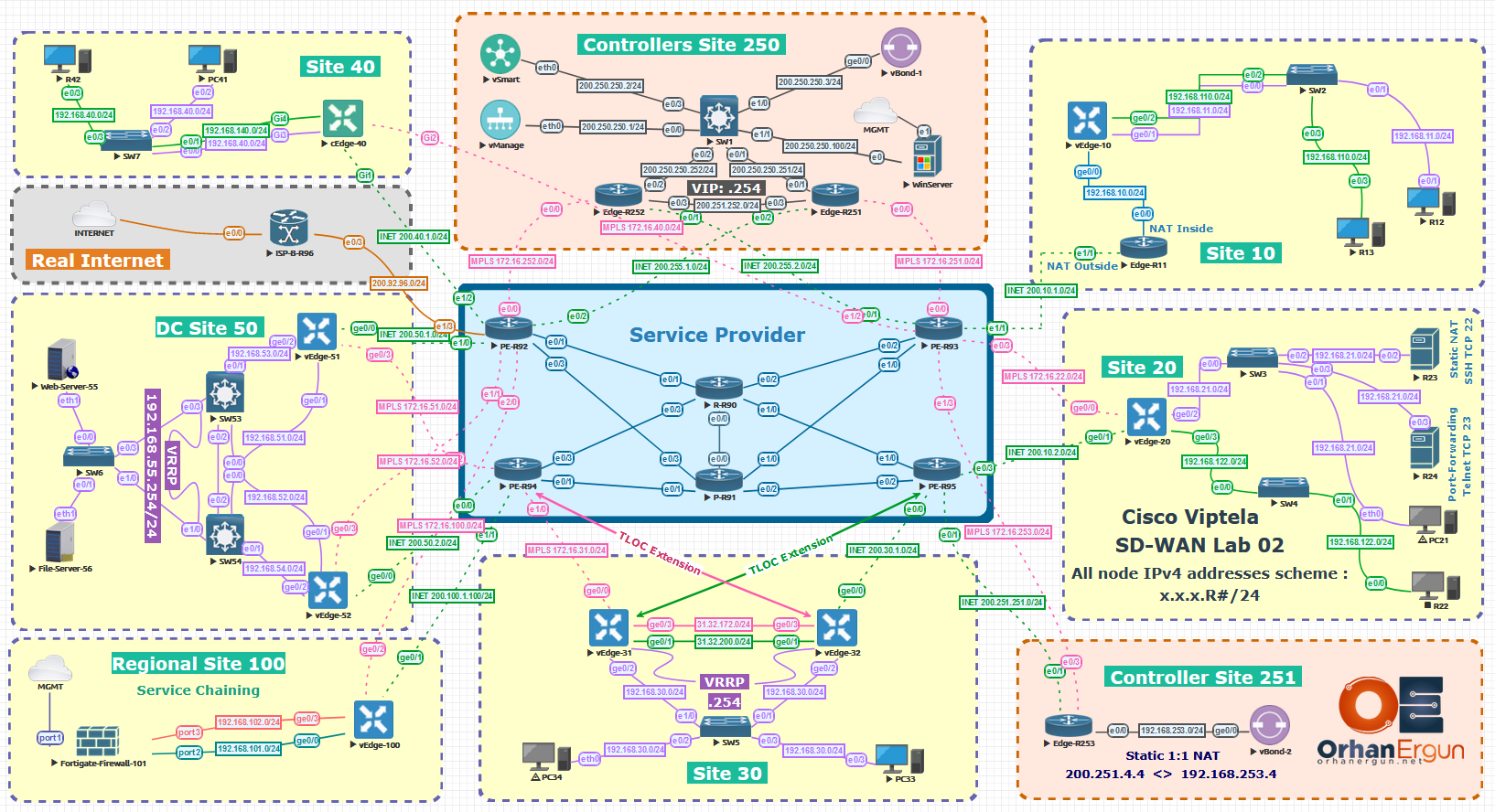Related Courses
Enhance your knowledge with these recommended courses

Cisco SD-WAN Training By Navid Yahyapour
Cisco Viptela SD-WAN training and certification courses online prepare you for the Cisco ENSDWI 400-315 exam and real-life deployments. Cisco Viptela SDWAN Design and deployment in this comprehensive course
$39
View CourseBecome an Instructor
Share your knowledge and expertise. Join our community of instructors and help others learn.
Apply Now
About the Author
Mike Schule
Hi I'm Mike, I've been working for 7 years as a Network Engineer. I'm trying to reach readers who interested in this industry through my blogs.
Share this Article
Subscribe for Exclusive Deals & Promotions
Stay informed about special discounts, limited-time offers, and promotional campaigns. Be the first to know when we launch new deals!